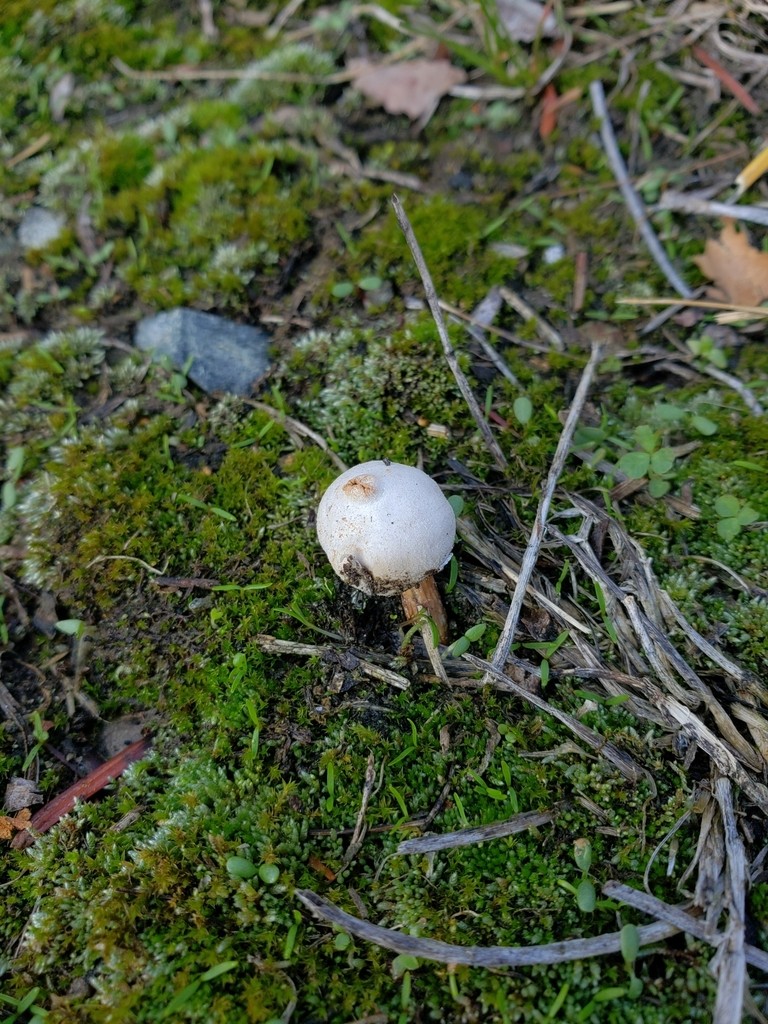Chlamydopus
Scientific name: Chlamydopus
Chlamydopus
Scientific name: Chlamydopus
 Photo By amathewson , used under CC-BY-NC-4.0 /Cropped and compressed from original
Photo By amathewson , used under CC-BY-NC-4.0 /Cropped and compressed from original Description
Chlamydopus is a rare desert-dwelling fungus group. It has a unique appearance with a long, slender stalk and a small, round cap. The fungus emerges from a sandy egg-like structure buried in the soil. As it matures, the cap opens to release spores. Chlamydopus is adapted to survive in harsh, arid environments and is primarily found in desert regions.
Species of Chlamydopus
Scientific Classification
Phylum
Club fungi Class
Mushroom-forming fungi Order
Gilled fungi Family
Agaricaceae Genus
Chlamydopus